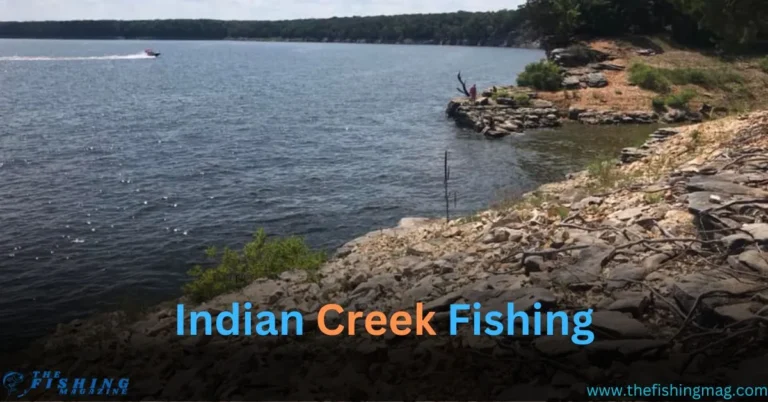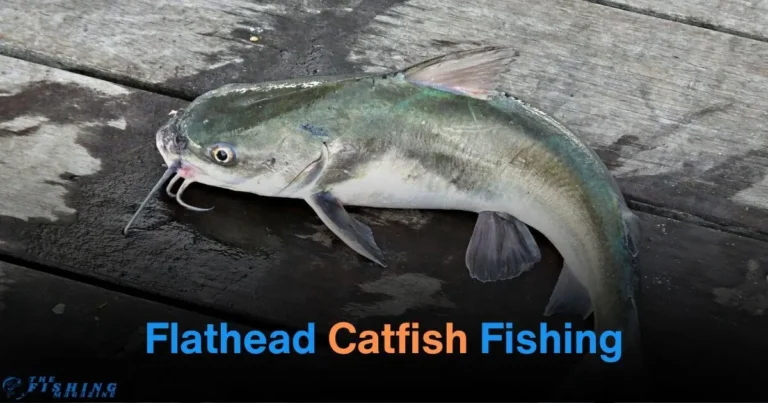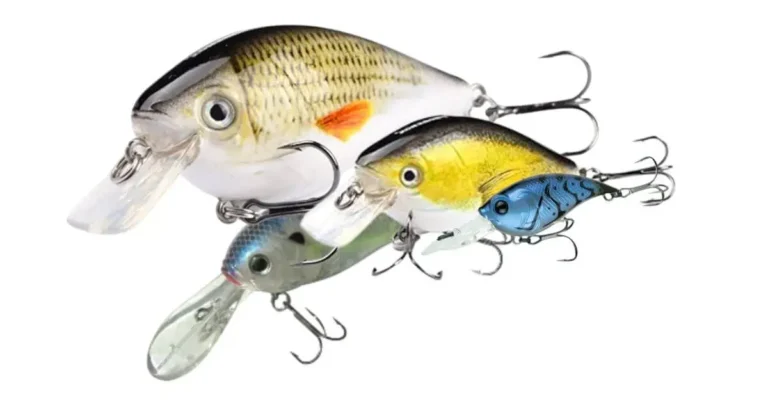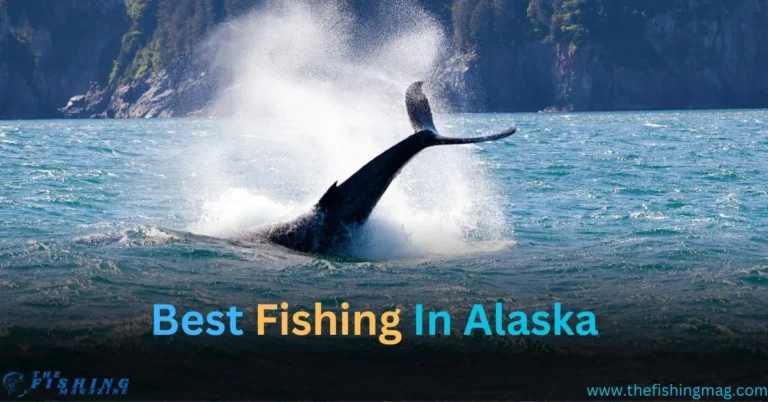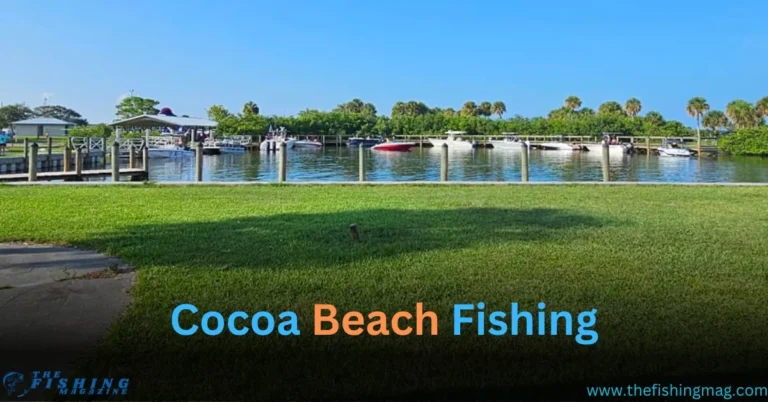In this comprehensive guide, we’ll dive deep into the thrilling world of catching cobia fishing, sharing expert tips and techniques to help you hook into these powerful and elusive creatures.
Whether you’re a novice angler or a seasoned pro, this blog post has something for everyone. So grab your rod, sharpen your hooks, and let’s embark on an unforgettable cobia fishing adventure.
Understanding Cobia:
Before we delve into the tactics and strategies for catching cobia, let’s take a moment to get to know our elusive quarry:
- Appearance: Cobia, also known as black kingfish, have a distinctive elongated body with a broad, flattened head and a prominent lower jaw. They are typically dark brown to dark gray in color with a white underbelly.
- Habitat: Cobia are highly migratory fish found in warm ocean waters around the world. They prefer coastal areas with structure, such as reefs, wrecks, and buoys, where they can ambush prey.
- Behavior: Cobia are opportunistic predators known for their voracious appetite and aggressive feeding habits. They often travel alone or in small groups and are attracted to baitfish, crustaceans, and other prey.
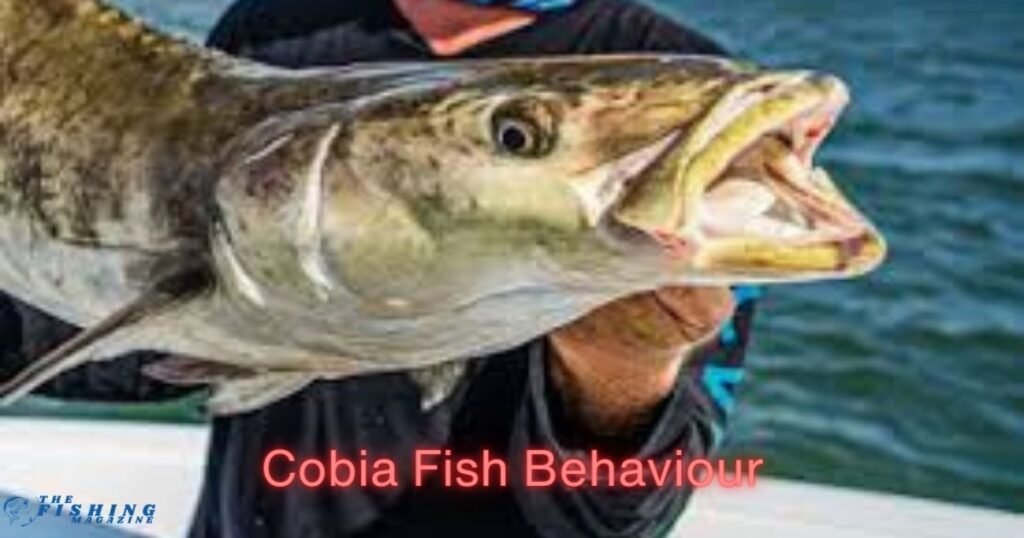
Tackling the Tackle:
Now that you have a basic understanding of cobia, let’s discuss the essential tackle you’ll need to hook into these formidable fish:
1. Rods and Reels:
- opt for a sturdy medium to heavy-duty spinning or conventional rod paired with a high-capacity reel capable of handling large fish.
- Spool your reel with heavy monofilament or braided fishing line to withstand the powerful runs and sudden bursts of speed characteristic of cobia.
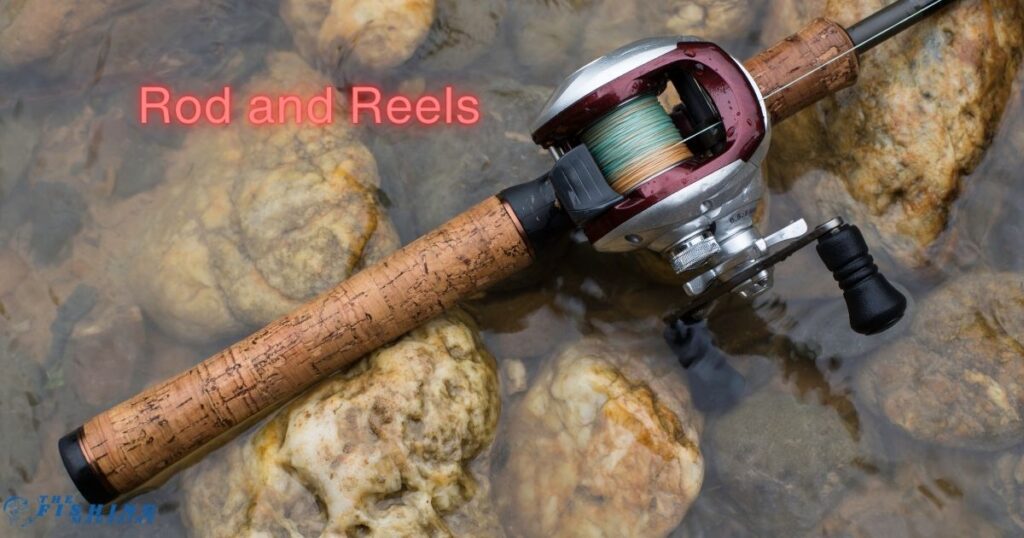
2. Terminal Tackle:
- Use a heavy-duty saltwater hook, preferably in the 4/0 to 7/0 size range, to ensure a secure hookset.
- Attach a wire or heavy fluorocarbon leader to prevent cobia from cutting your line on sharp underwater obstacles.
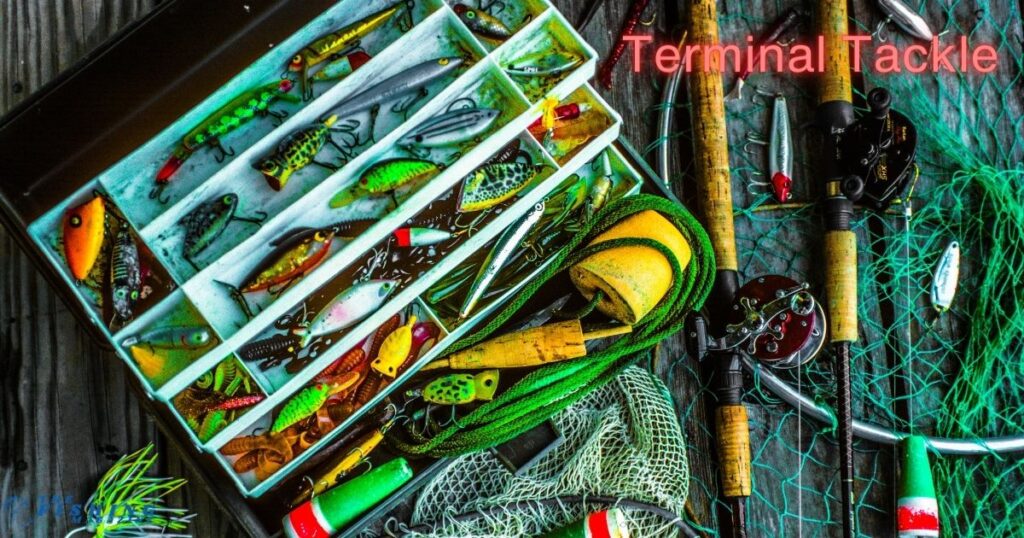
3. Baits and Lures:
- Live baitfish, such as mullet, menhaden, or pinfish, are highly effective for enticing hungry cobia.
- If live bait is scarce, consider using large bucktail jigs, swimbaits, or top water plugs to mimic the movement of injured prey.
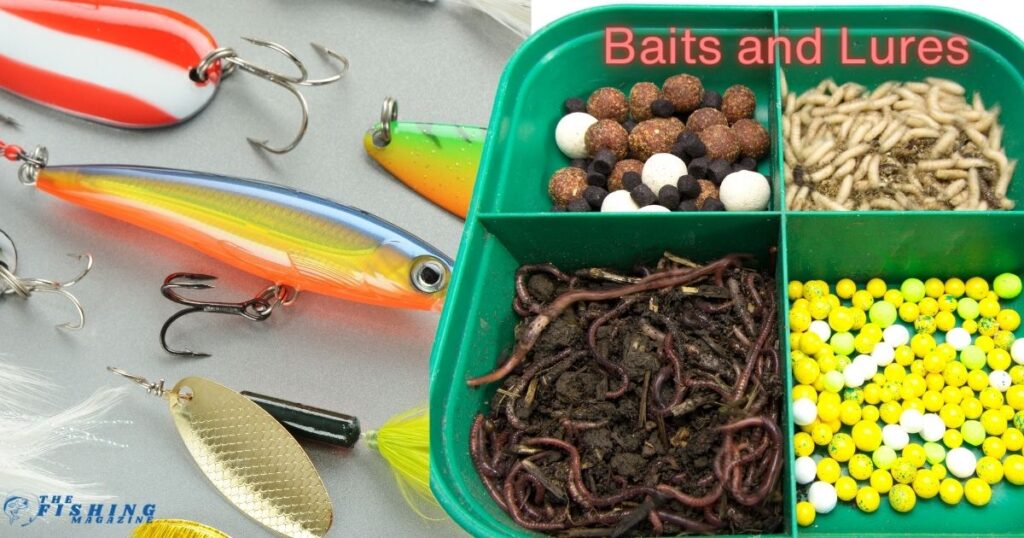
Techniques for Success:
Now that you’re properly equipped, let’s explore some proven techniques for catching cobia:
- Sight Fishing: Look for cobia cruising near the surface or hovering around structure, such as buoys or floating debris. Cast your bait or lure ahead of the fish and retrieve it slowly to entice a strike.
- Bottom Fishing: Target cobia on the bottom near wrecks, reefs, or other structure using live or cut bait presented on a Carolina rig or fish finder rig.
- Trolling: Cover a larger area of water by trolling live bait or artificial lures behind your boat at varying speeds. Keep an eye out for cobia following the bait and be ready to strike when they attack.
Cobia Fishing Regulations
Before heading out, check local regulations for size and bag limits. In most states, cobia must be at least 33–36 inches to keep. A sturdy rod and reel with a 40–60 lb test line will help handle their strong runs. Always use a landing net or gaff to safely bring the fish aboard.
Delicious Cobia Fish Recipes: Grilled, Blackened, and Pan-Seared Delights
Cobia is a firm, white-fleshed fish with a mild, buttery flavor that makes it perfect for grilling, blackening, or pan-searing. Whether you’re looking for a quick weeknight meal or an impressive dish for guests, these cobia recipes will bring out the best in this prized saltwater fish.
1. Grilled Cobia with Garlic Butter
A simple yet flavorful way to enjoy cobia with smoky charred goodness.
Ingredients:
- 2 cobia fillets
- 2 tbsp olive oil
- 3 tbsp unsalted butter (melted)
- 2 cloves garlic (minced)
- 1 tbsp lemon juice
- 1 tsp paprika
- Salt and pepper to taste
- Fresh parsley (chopped, for garnish)
Instructions:
- Preheat the grill to medium-high heat (375–400°F).
- Brush cobia fillets with olive oil and season with salt, pepper, and paprika.
- In a small bowl, mix melted butter, minced garlic, and lemon juice.
- Place fillets on the grill and cook for about 4–5 minutes per side, or until the fish easily flakes with a fork.
- Brush with garlic butter during the last minute of grilling.
- Garnish with fresh parsley and serve with lemon wedges.
2. Blackened Cobia with Cajun Spices
A bold and spicy recipe that brings out cobia’s rich, meaty texture.
Ingredients:
- 2 cobia fillets
- 2 tbsp Cajun seasoning
- 1 tsp smoked paprika
- 1/2 tsp cayenne pepper (optional, for extra heat)
- 2 tbsp unsalted butter (melted)
- 1 tbsp olive oil
Instructions:
- Coat fillets with melted butter, then rub with Cajun seasoning, paprika, and cayenne.
- Heat a cast-iron skillet over high heat and add olive oil.
- Sear cobia for 3–4 minutes on each side until a dark, flavorful crust forms.
- Serve immediately with a side of coleslaw or a fresh salad.
3. Pan-Seared Cobia with Lemon Herb Sauce
A light and elegant dish perfect for any occasion.
Ingredients:
- 2 cobia fillets
- 2 tbsp olive oil
- 2 tbsp unsalted butter
- 1 garlic clove (minced)
- 1/2 cup white wine (or chicken broth)
- 1 tbsp lemon juice
- 1 tsp fresh thyme (or parsley)
- Salt and pepper to taste
Instructions:
- Heat olive oil and 1 tbsp butter in a pan over medium-high heat.
- Season fillets with salt and pepper, then sear for 3–4 minutes per side until golden brown. Remove and set aside.
- In the same pan, melt the remaining butter and sauté garlic for 30 seconds.
- Add white wine and lemon juice, simmering for 2 minutes.
- Return cobia to the pan, spoon sauce over fillets, and cook for another minute.
- Garnish with fresh thyme and serve with roasted vegetables.
Final Tips for Cooking Cobia
- Don’t Overcook – Cobia is best when cooked to an internal temperature of 130–140°F for a moist texture.
- Pairing Ideas – Serve with rice, roasted potatoes, or a citrusy mango salsa for a tropical touch.
- Freshness Matters – Fresh cobia has a mild ocean scent and firm texture, making it perfect for various cooking styles.
FAQs
What is a cobia, and where can I find them?
Cobia, also known as black kingfish, are large saltwater fish found in warm coastal waters worldwide. They prefer areas with structure such as reefs, wrecks, and buoys, and can often be found near the surface.
What bait and lures are effective for catching cobia?
Live bait such as eels, pinfish, and crabs are highly effective for catching cobia. Additionally, lures such as bucktail jigs, swimbaits, and topwater plugs can entice strikes from these powerful fish.
What is the best time of year to target cobia?
Cobia are migratory fish, and the best time to target them depends on your location. In many areas, they are most abundant during their spring and fall migrations, but they can be caught year-round in warmer climates.
What are some tips for locating cobia while fishing?
Look for cobia near structure such as buoys, channel markers, and wreck sites. They often follow rays, sharks, and turtles, so keep an eye out for these indicators. Also, birds diving can signal baitfish activity, which may attract cobia.
How should I rig my tackle for cobia fishing?
When rigging tackle for cobia, use heavy-duty rods and reels with strong braided line and fluorocarbon leaders. Ensure your hooks are sharp and your knots are secure to handle the powerful runs of cobia. Additionally, have a gaff or large landing net ready for landing these hefty fish.
Conclusion:
Armed with the knowledge and techniques shared in this guide, you’re now ready to embark on your cobia fishing expedition with confidence. Remember to stay patient, adapt to changing conditions, and always respect local fishing regulations and conservation measures.
Whether you’re battling a trophy-sized cobia or simply enjoying a day on the water, the thrill of the chase and the satisfaction of a successful catch await you. So cast off the lines, chase the sun, and may your next cobia fishing adventure be one for the record books.

